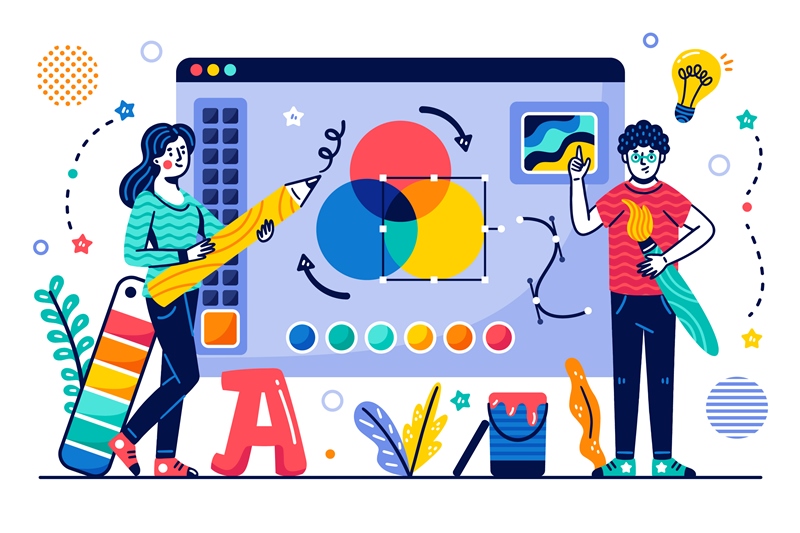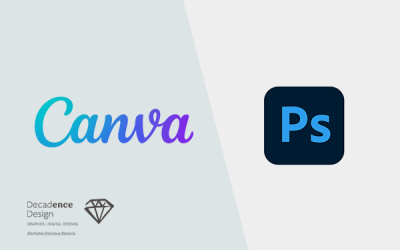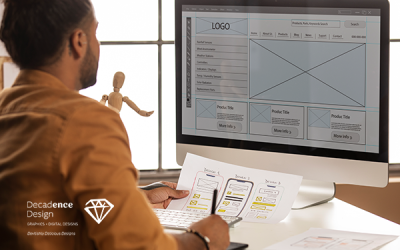Graphic design plays a vital role in the success of digital marketing strategies. In today’s digital age, visual content is a powerful tool for capturing the attention of audiences and conveying brand messages effectively. Visually appealing graphics and designs have the potential to enhance the user experience, establish a strong brand identity, and drive engagement on various digital platforms. In this blog post, we will explore the importance of graphic design in digital marketing and how it can elevate your marketing efforts to new heights.
The Impact of Graphic Design on Digital Marketing Strategies
Graphic design plays a crucial role in capturing the attention of target audiences and conveying brand messages effectively. The use of visually appealing graphics and designs can significantly enhance the overall user experience of digital marketing campaigns.
Utilising Graphic Design to Enhance Brand Identity
Graphic design plays a crucial role in establishing and enhancing a brand’s identity. By incorporating consistent visual elements and cohesive design aesthetics, graphic design helps create a unique and recognizable brand identity.
Well-designed graphics and branding materials leave a lasting impression on consumers, boosting brand recognition and loyalty. From logos and color schemes to typography and imagery, graphic design ensures that every aspect of a brand’s visual representation is aligned and consistent.
How Graphic Design Plays a Crucial Role in Website Development
When it comes to website development, graphic design plays a vital role in creating visually appealing and user-friendly websites. Here are some key ways in which graphic design contributes to the success of website development:
- Aesthetically Pleasing Websites
Graphic design ensures that websites are visually attractive and appealing to the target audience. By incorporating visually appealing elements such as colors, typography, images, and layouts, graphic designers create a visually pleasing website that captures the attention of users.
- User-Friendly Interface
A well-designed website incorporates graphic elements strategically to guide users and improve their overall experience. Graphics can be used to highlight important information, create logical navigation paths, and draw attention to call-to-action buttons, improving the overall usability and ease of navigation.
- Consistent Branding
Graphic design helps establish and maintain consistent branding throughout the website. By incorporating consistent visual elements such as logos, color schemes, and fonts, graphic designers ensure that the website aligns with the overall brand identity, enhancing brand recognition and reinforcing the brand’s message.
- Visual Hierarchy
Graphic design plays a crucial role in establishing a visual hierarchy within a website. By organizing information effectively and using graphic elements such as headings, subheadings, and bullet points, designers direct the user’s attention to the most important content, ensuring a seamless browsing experience.
- Engaging Multimedia Content
Graphic design allows for the integration of engaging multimedia content, such as images, videos, and infographics, into the website. By incorporating visually appealing and relevant multimedia elements, designers make the website more engaging, interactive, and memorable for users.
In conclusion, graphic design is an essential component of website development. It not only enhances the visual appeal of the website but also improves its usability, brand consistency, and user engagement. By investing in effective graphic design, businesses can create a website that effectively communicates their brand message and captivates their target audience.





